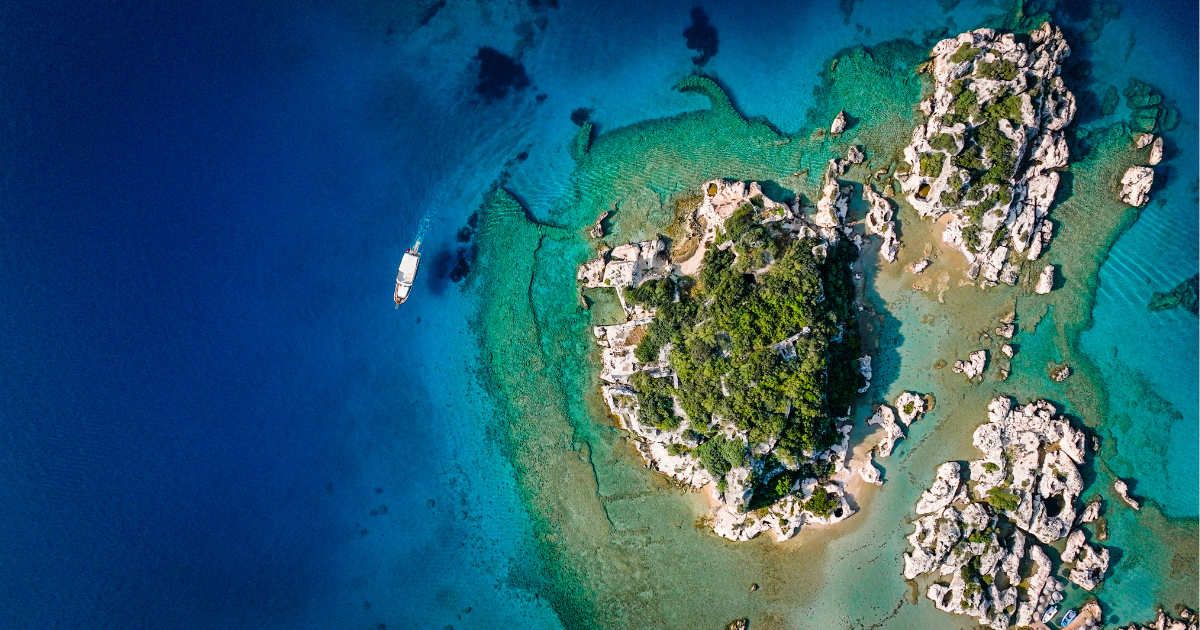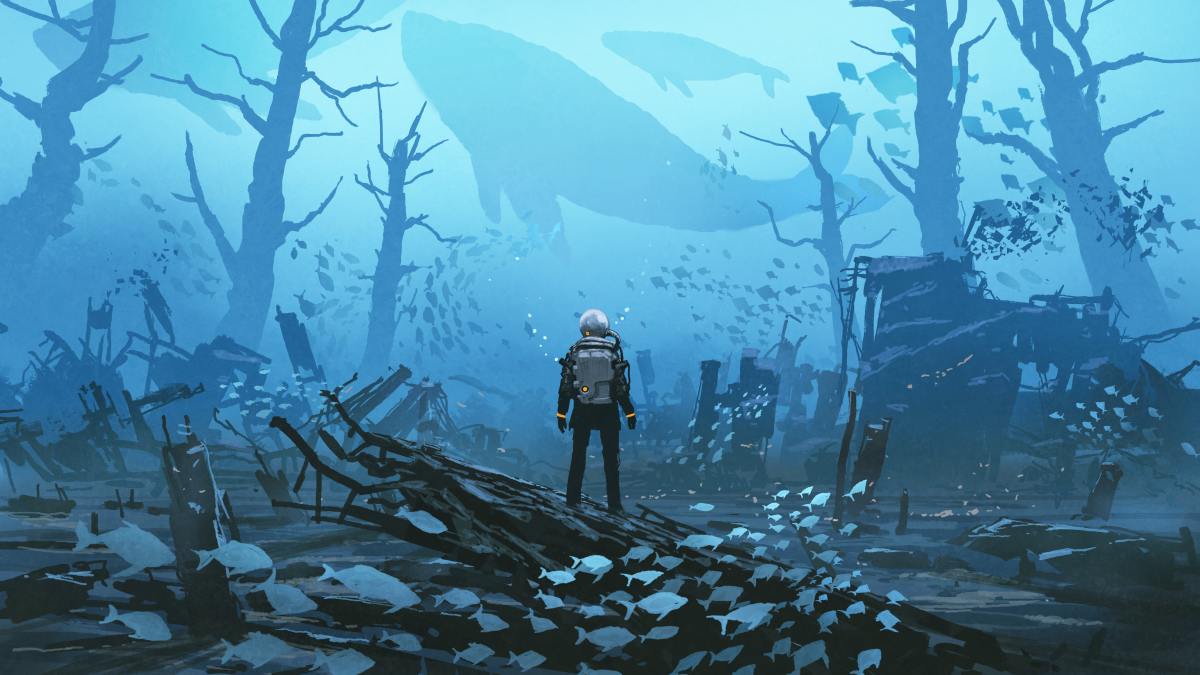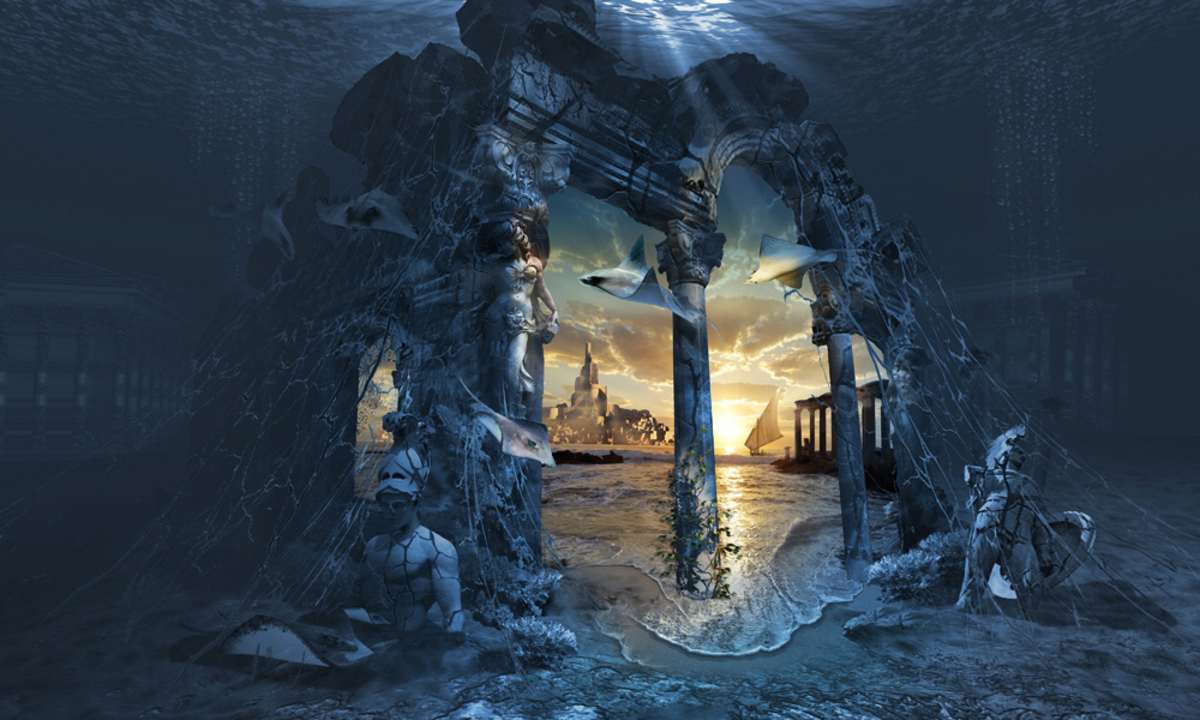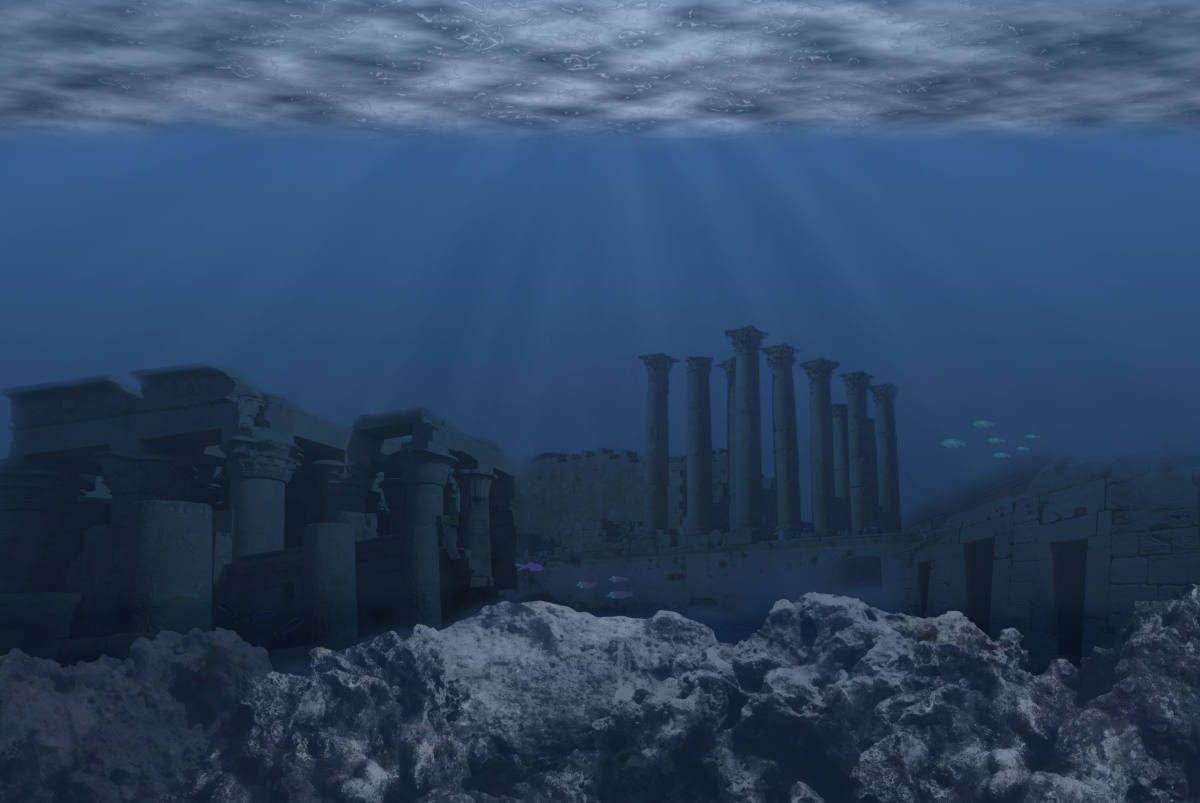Researchers Are Confused About 'Atlantis' Stone Structures Discovered Off the Cuban Coast

A mystery lies underneath the waters off the coast of Cuba in the form of enormous stone structures. Since its discovery in 2001, researchers have been confused about these stone structures' identity, according to Arkeonews. Many people call it the "lost city," as it indicates that it once was an urban center. Some have also connected the establishment to the elusive Atlantis. However, there are many detractors of the theory who claim that the structures are just the magic of geological processes. The only way to resolve this debate is by exploration, but the remote location of the site makes the pursuit difficult.

Finding the 'Lost City'
A group of researchers from Advanced Digital Communications found the submerged establishment back in 2001, according to the BBC. The team detected the "lost city" through their sonar equipment. The equipment picked up the signal off the tip of the Guanahacabibes Peninsula. In 2000, scanning tools hinted at the presence of symmetrical stone structures at the site. The arrangement of the structures implied that it was once part of an urban city. In July 2001, the team went with an explorative robot device to verify the claim. The images captured through the robot revealed that the structures were made of smooth blocks that looked like cut granite. Some of these blocks were in the shape of a pyramid, while others were circular.

Older than Pyramids
A certain group of experts claims that the structures could be up to 6,000 years old, according to National Geographic. If this assertion turns out to be true, then these structures predate pyramids by at least 1,500 years. Manuel Iturralde-Vinent, a marine geologist, shared that if the structure is man-made, then it must have been created on land. There is no evidence to suggest that human civilization at that time had the expertise to create an advanced structure like the "lost city" underwater 6,000 years ago.
Geological investigation revealed that the part of the Cuban seafloor where the establishment supposedly existed was last dry 10,000 to 50,000 years ago, amidst the last Ice Age. It made researchers speculate that an unknown human civilization lived in Cuba during the last Ice Age, which created the city. If the city was created so far back, then that means humans had already gained advanced engineering capabilities and some social organization by then. The speculation could hence upend the accepted timeline of human development.
Many researchers have protested against this 'man-made' theory, according to The Daily Mail. They claim that the state of the structures and their placement indicate that if they were indeed created on land, they would have taken 50,000 years to submerge. This assertion challenges the theory that they date back to 6,000 years ago. Furthermore, they believe that the findings' condition reflects that it was a geological formation, because a human formation couldn't be preserved so well after facing a catastrophic seismic disaster, like the rise of sea level, which could drown human cities. It challenges the hypothesis which asserts that an unknown civilization lived in Cuba. As far as the regular patterns of the structures are concerned, experts believe that nature is capable enough to create such wondrous creations.

No One Went Back
During the initial mission, no artifact or evidence of human presence was detected at the city. It further discourages the claim that the structures were part of an ancient city. Though people still hold out hope that the structures are indeed part of human legacy, with many going one step ahead and connecting them to Atlantis. Iturralde-Vinent believes that analysis is the only way to arrive at a proper conclusion. However, that has remained a far-off dream as no exploration was done in the 'city' after 2001.